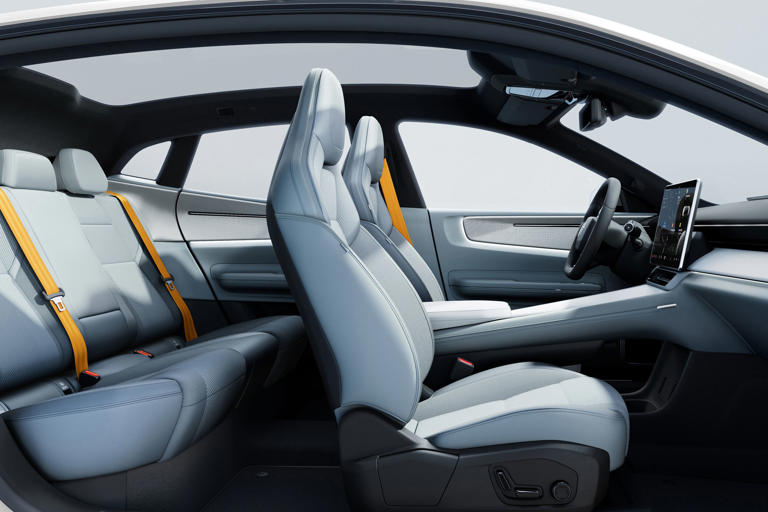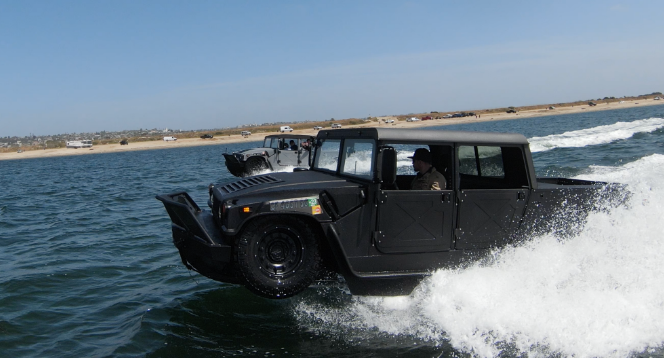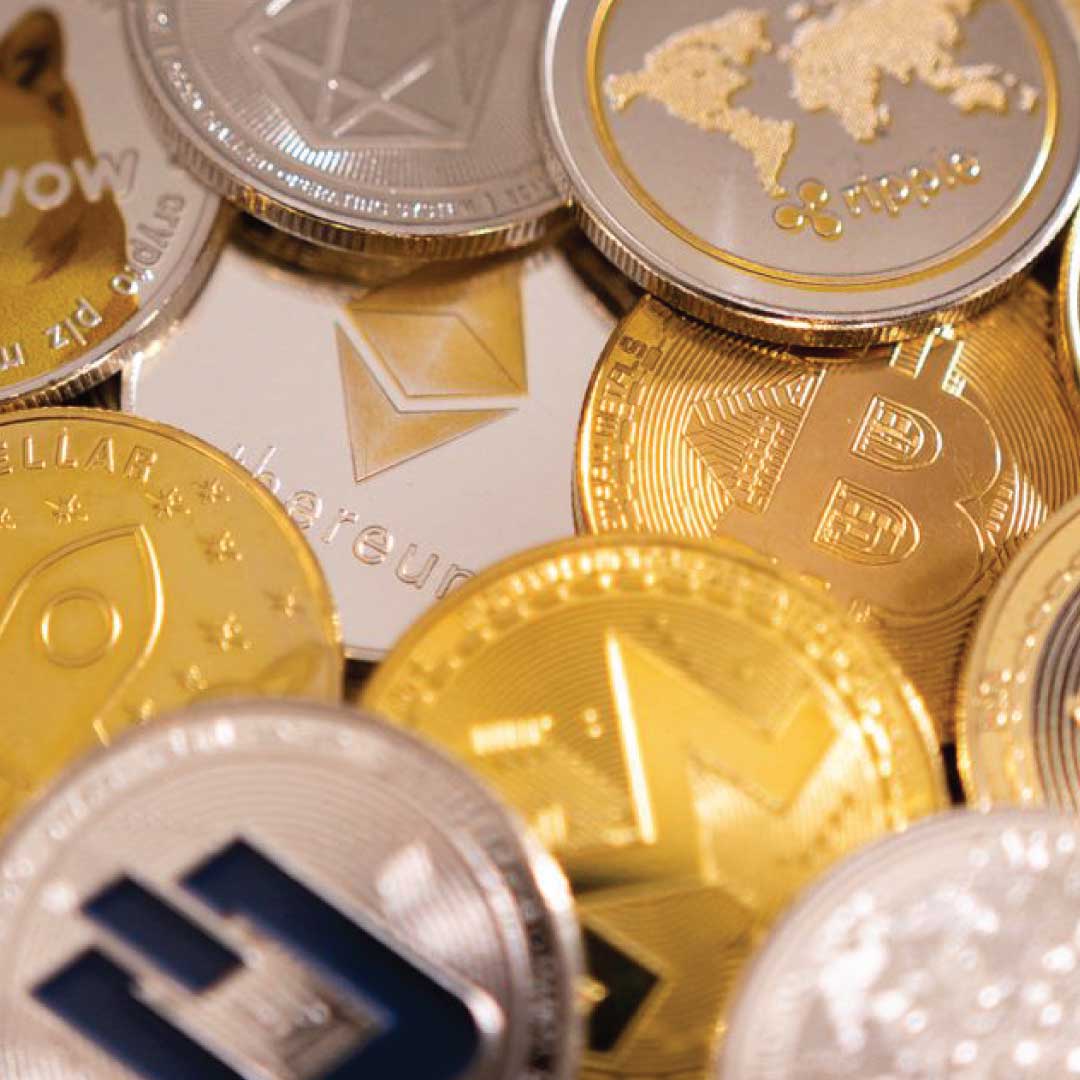President Faustin-Archange Touadéra of the Central African Republic (CAR) launched the $CAR meme coin on Monday, in a bid to enhance the nation’s global presence.
This initiative comes nearly three years after CAR became the first African country and second worldwide, after El Salvador, to adopt Bitcoin as legal tender.
Read also: Kenya ranked 21st globally in crypto usage as IMF pushes for regulatory framework
$CAR: Embracing digital innovation
President Touadéra stated on X: “Today, we are launching $CAR – an experiment designed to show how something as simple as a meme can unite people, support national development and put the Central African Republic on the world stage in a unique way.
“As the second president in the world to adopt Bitcoin as legal tender, I have always recognised the potential of crypto and its benefits on a global scale.”
The coin, built on the Solana blockchain, is represented by the colours of the country’s flag, blue, white, green and yellow.
Despite CAR’s gold and diamond reserves wealth, it remains one of the world’s most impoverished and underdeveloped nations, facing persistent rebel violence and economic instability.
President Touadéra intends to rebuild schools and equip them with learning resources. “$50,000 worth of tokens will be allocated over the next 30 days from country development to support these repairs.”
The Central African nation became the second in the world after El Salvador to acknowledge Bitcoin as legal cash in 2022 and establish a legal framework to regulate cryptocurrencies, despite cautions from regional and financial bodies.
Read also: TRUMP coin declines by 38% as Melania’s new coin hits $6bn on inauguration eve
$CAR coin : controversy and skepticism
The launch of $CAR has faced some scepticism and challenges. AI deepfake detectors questioned a video of President Touadéra announcing the meme coin.
Deepware, a deepfake detection service, assessed an 82 per cent chance that the video was a deepfake.
Yokai Ryujin, the founder of Unrevealed XYZ, raised doubts on X on February 10 about the CAR meme coin’s domain registration on Namecheap. He claimed the process did not resemble something a president or country would do and pointed out that the registration occurred only three days ago.
In response, Namecheap announced in a follow-up X post that they had “suspended the abusive service.”
However, the car meme coin website remained live at the time of reporting.
Despite the concerns, a spokesperson for President Touadéra’s office confirmed the video’s authenticity, stating it was translated to English for an international audience.
Touadéra himself affirmed the legitimacy of the $CAR launch, stating he was not hacked and the meme coin aims to create community and support the country’s development.
The CAR memecoin launched on Pump.fun, a Solana-based memecoin platform, at 10:25 PM UTC. Since its debut, it has surged, reaching a peak valuation of $527 million, according to DexScreener.
The $CAR token was trading at $0.22 on Monday morning, according to CoinGecko, and $0.03 today.



